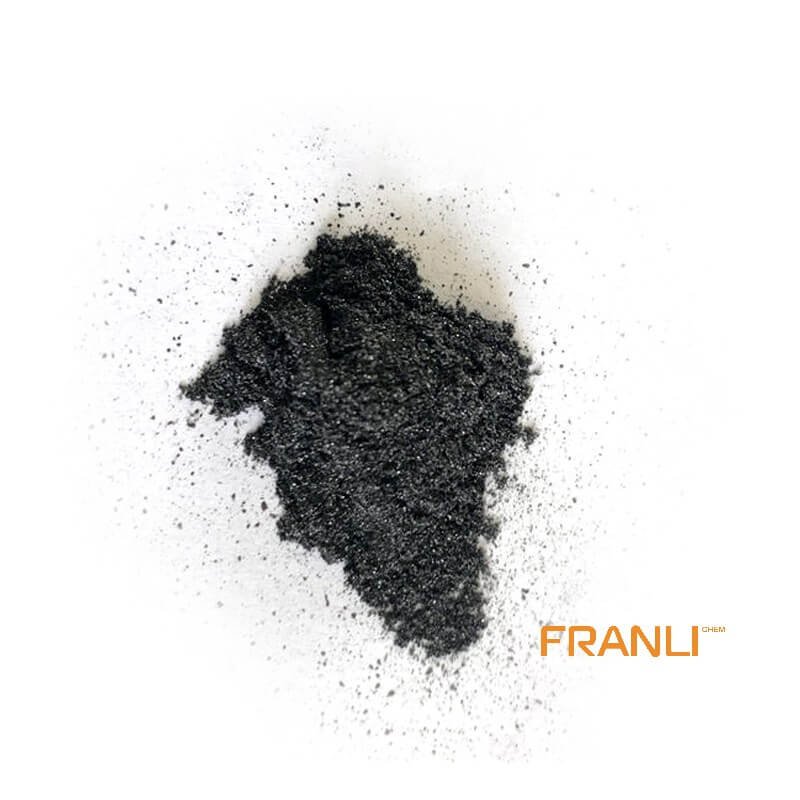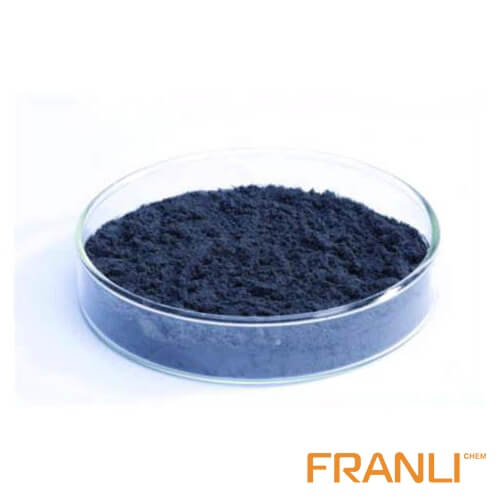1. Chemical intercalation method: The initial raw material for preparation is Qingdao Huatai natural flake graphite, and other chemical reagents such as concentrated sulfuric acid (above 98%), hydrogen peroxide (above 28%), and potassium permanganate are all used industrial grade reagents .
The general steps of preparation are as follows: at an appropriate temperature, react hydrogen peroxide solutions of different proportions, natural flake graphite and concentrated sulfuric acid with different addition procedures under constant stirring for a certain period of time, then wash with water until neutral, and centrifuge. After dehydration, it was vacuum-dried at 60 °C.
2. Electrochemical method: Treat graphite powder in a strong acid electrolyte to make expandable graphite, hydrolyze, wash and dry. Sulfuric acid or nitric acid is mainly used as strong acid, and the expandable graphite produced by this method has a low sulfur content.
3. Ultrasonic oxidation method: In the process of preparing expandable graphite, ultrasonic vibration is performed on the anodized electrolyte. The time of ultrasonic vibration is the same as the time of anodic oxidation. Because the vibration of the ultrasonic wave on the electrolyte is beneficial to the polarization of the cathode and anode Effect, thereby speeding up the speed of anodic oxidation and shortening the oxidation time.
4. Gas phase diffusion method: Apply graphite and intercalation to both ends of a vacuum-sealed tube, heat at the end of the intercalation, and use the temperature difference between the two ends to form the necessary reaction pressure difference, so that the intercalation enters in the state of small molecules Expandable graphite is produced between the flake graphite layers. The number of layers of expandable graphite produced by this method can be controlled, but its production cost is high.
5. Molten salt method: Mix and heat several inserts with graphite to form expandable graphite. Graphite crystals have a hexagonal network planar layered structure composed of carbon elements. Therefore, under appropriate conditions, acids, alkali metals, A variety of chemical substances such as salts can be inserted between graphite layers and combine with carbon atoms to form a new chemical phase – graphite interlayer compound.
When this interlayer compound is heated to an appropriate temperature, it can decompose rapidly in an instant, producing a large amount of gas, which makes the graphite expand into a worm-like new substance along the axis, that is, expanded graphite. This unexpanded graphite interlayer compound is expandable graphite. graphite.









